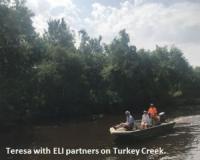
Vibrant Environment
Oceans And Coasts
All | Biodiversity | Climate Change and Sustainability | Environmental Justice | Governance and Rule of Law | Land Use and Natural Resources | Oceans and Coasts | Pollution Control

Last month, fellow ELI Gulf Team member Teresa Chan and I travelled to Mississippi to attend two public events hosted by the Deepwater Horizon natural resource damage assessment (NRDA) trustees: a community education workshop in Gulfport, and the Trustee Council’s annual public meeting in Long Beach.
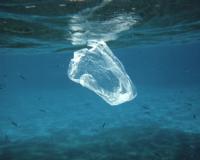
It’s official: China isn’t taking our garbage anymore. Literally. Effective this year, China started restricting the import of 24 types of waste and established new thresholds for contaminants such as food residues and metals. Why does that create a significant problem for the United States? Consider this: China imported 776,000 metric tons of reclaimed plastic and 13 million metric tons of recycled paper from the United States in 2016 alone.
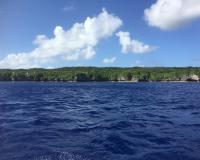
One of the highlights of the 2017 Our Ocean Conference in Malta was the announcement made by Minister for Natural Resources Hon. Dalton Tagelagi that Niue, a small island nation in the South Pacific Ocean, would create a new, large marine protected area to adequately conserve the unique marine biodiversity in Niuean waters.

This conversation with Danny Le, BPSOS, is part of the ELI Gulf of Mexico team’s “Why I Participate in Gulf Restoration” blog series. The series aims to highlight the views of community members impacted by the BP oil spill, and provide a glimpse of some challenges and successes they face in getting involved in the restoration processes.

Historically, the Gulf Coast region has produced more seafood than anywhere else in the continental U.S., both in volume and dollar value. Before the BP oil spill, in 2009, the Gulf seafood industry provided over 213,000 full- and part-time jobs. The oil spill has had a devastating impact on people working in the Gulf’s seafood industry. As a result of the BP oil spill, over 88,000 square miles of the Gulf’s federal waters—nearly 37%—were closed to fishing. There were also fishing closures in the state waters of Alabama (40% closed), Florida (2% closed), Louisiana (55% closed), and Mississippi (95% closed). Fishermen are still facing financial instability years after the spill, and have observed significant declines in landings and stock quality. Here, we highlight one Gulf fisherman’s perspective.

I went to the North Pole in April, the favored month for travel in the High Arctic. That was 16 years ago. According to the 2017 National Climate Assessment, the region’s warming began accelerating around the time of my visit. It is no longer the same frozen ecology and economy I had seen.
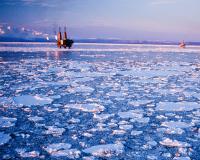
In December 2016, President Barack Obama issued a presidential Memorandum withdrawing about 128 million acres of federally owned underwater land in the Arctic and Atlantic Oceans from disposition for oil and gas leasing. Obama invoked a presidential power granted by Congress in the Outer Continental Shelf Lands Act (OCSLA).
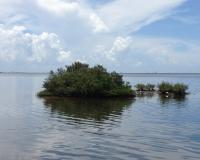
On August 30, the Gulf Coast Ecosystem Restoration Council (the “Council”) announced that it is seeking public comment on a proposal to “approve implementation funding for the Robinson Preserve Wetlands Restoration project” in Florida. If the proposal is approved, the Council will allocate $1,790,546 in RESTORE Act (Pot 2) funds to implement the project, including a “reallocat[ion of] $470,910 from planning [funds] to implementation.” According to the Council, the project will restore approximately 118 acres of habitat, including coastal upland, wetland, and open water habitat types, in the Tampa Bay Watershed.
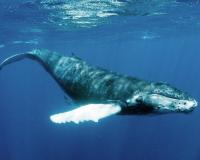
Humans are rapidly increasing their industrial use of the ocean and its resources, resulting in great increases in underwater noise. Commercial shipping, naval sonar, seismic exploration, pile driving, acoustic deterrents for fishing, and seabed mining all produce ocean noise.
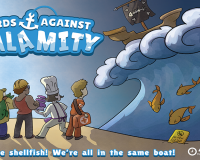
ELI’s Technology, Innovation and the Environment project targets the market for serious games with our new game, Cards Against Calamity, a multiplayer board game that explores coastal communities’ resilience to crises. Cards Against Calamity was developed in collaboration with 1st Playable Productions and funded by the National Oceanic and Atmospheric Administration (NOAA).